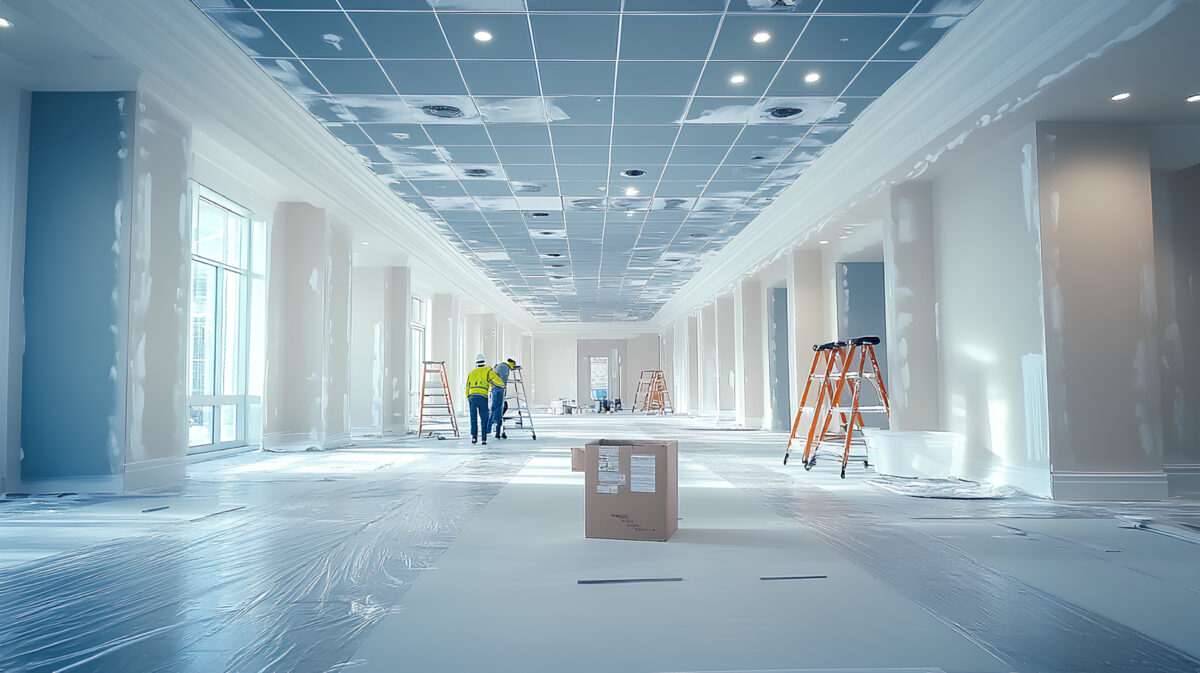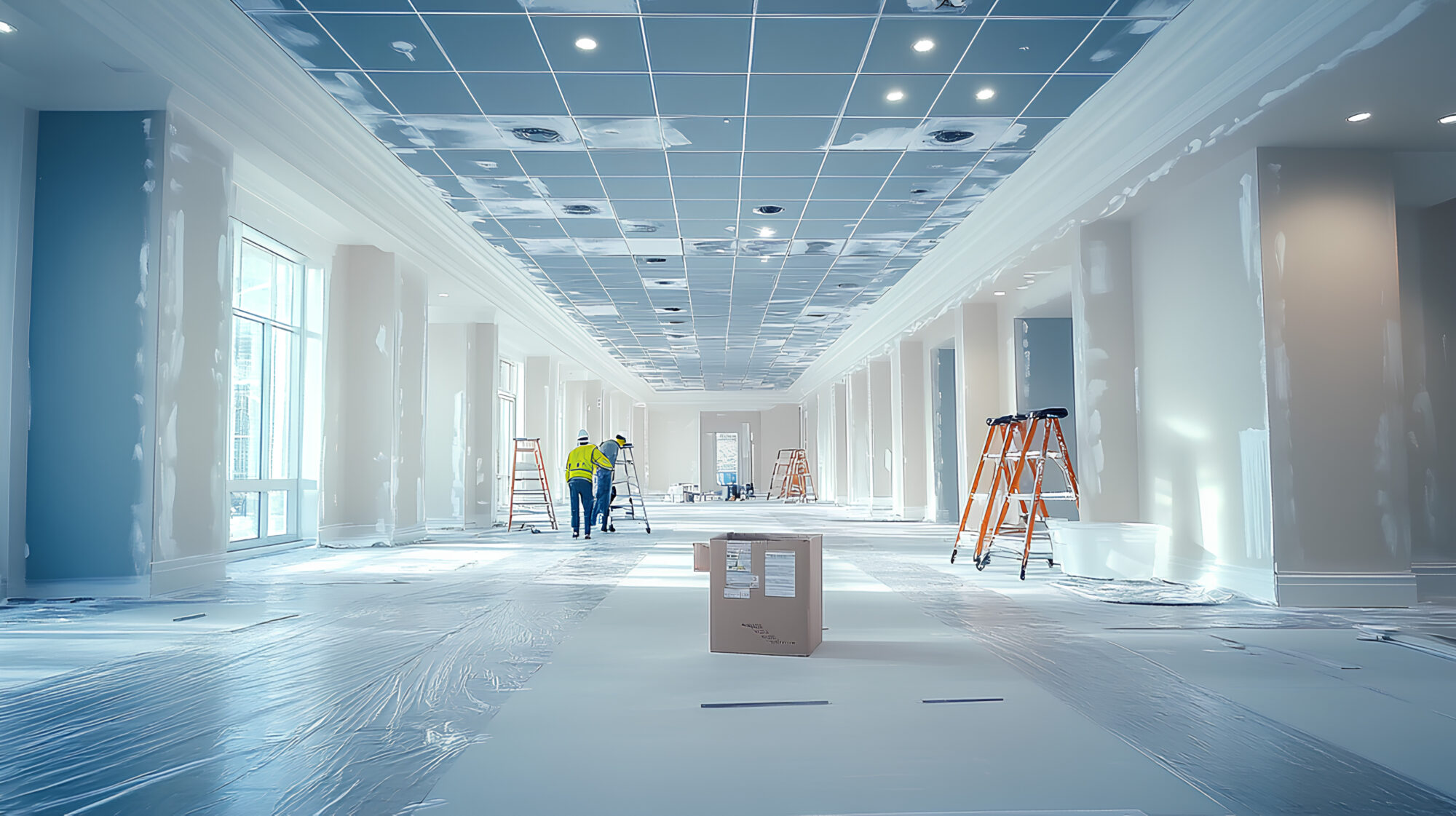The Rising Cost of Reinstatement


As the tenant of a commercial space, your financial obligations to the space and landlord don’t stop when you vacate the property. As per your lease, you’re often required to return the property to the landlord in the condition you received it, an obligation known as reinstatement.
What’s reinstatement?
Reinstatement obligations mean you must keep up with repairs and maintenance of the space during the tenancy and remove fit-outs you’ve installed or alterations you’ve made at the end.
Depending on your agreement with the landlord, you may be required to reinstate the property to different conditions:
- Shell and core: a basic structure without internal fittings or services
- Category A: a structure with some internal fittings, such as raised floors, suspended ceilings, white walls, lighting, and HVAC distribution but without the fit-out you’ve installed
Reinstating a commercial space may involve:
- demolishing any walls and partitions you’ve installed to alter the layout
- reverting any changes you made to the electricals or plumbing
- removing materials you’ve added to the floor and ceiling
- removing fixtures you’ve added, such as shelves, built-in furniture, and lighting
- painting the walls white or their original colour
- cleaning
The repairs and removals you need to make at the end of a tenancy are outlined for you by the landlord in a schedule of dilapidations.
Why is reinstatement getting more expensive?
Reinstatement costs for commercial tenants have climbed in recent years, adding to the overall costs of office space.
This rise has been driven by several coinciding factors:
- Rising construction costs: Labour shortages in building sector, higher material and fuel costs, and ongoing supply chain fallout from the pandemic have pushed up building costs.
- More complex fit-outs: Commercial tenants are increasingly likely to install custom, high-quality fittings and interiors, including bespoke air quality systems, lighting, and audiovisual and tech equipment, all of which must be removed during reinstatement
- Higher standards required by landlords: Landlords are enforcing reinstatement clauses more strictly and require a higher grade of finish on space.
- Stricter building regulations: Tougher regulations about energy efficiency, fire safety, and health and safety compliance on building sites also drive up costs.
A major factor pushing up reinstatement prices is recent sustainability legislation, including the Minimum Energy Efficiency Standards (MEES) Regulation 2018.
“With the government aiming for all commercial properties to reach a minimum EPC rating of C by 2027 and a rating of B by 2030, landlords are under increasing pressure to upgrade their buildings and may seek to shift some of those costs to outgoing tenants through lease-end obligations,” said Gus Beswick from property consultancy Regency Grove.
To limit reinstatement bills, tenants should:
- Review lease obligations six months to a year before tenancy ends.
- Hire a tenant-side or dilapidations surveyor to assess the property, interpret the schedule of dilapidations, estimate costs, and negotiate with the landlord.
Understanding reinstatement obligations early in your lease can save significant costs down the line. If you’re navigating dilapidations or planning your next move, we can work with you to structure agreements that protect your interests from day one.



